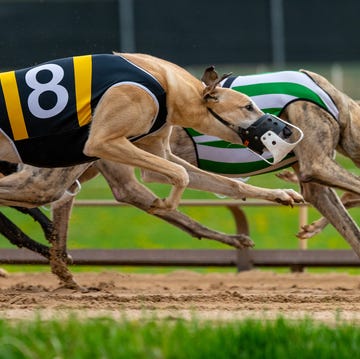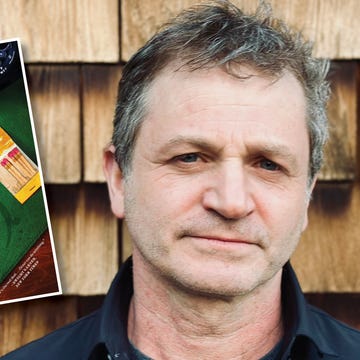In a region known for producing some of the country’s most groundbreaking creative work, the Getty’s PST Art festival is the largest art event in the United States. Which is to say, art lovers: get excited. Kicked off in September and running for five months, with more than 800 artists and over 70 exhibitions, this year’s event is themed “Art & Science Collide.” PST Art's programmers aim to create opportunities for civic dialogue around some of the most urgent problems of our time by exploring historical and future connections between art and science. In an effort to cover such a California-size artistic endeavor in a consistent and meaningful way, Alta Journal is launching a brand-new weekly newsletter, Alta Sketchbook, a limited-run email series that will bring you exhibition recs, artist Q&As, reviews, and more. But that’s not all! Alta Live is excited to welcome art critic and curator Shana Nys Dambrot to take us through this expansive event, from PST Art’s past to its ambitious present. Sign up for Alta Sketchbook here, and don’t miss our live interview with Dambrot, who’ll offer the inside scoop on Southern California’s biggest creative public project.
About the guest:
Shana Nys Dambrot is an art critic, curator, and author based in downtown Los Angeles. Formerly the arts editor at the L.A. Weekly, she is a cofounder of 13ThingsLA and a contributor to the Village Voice, Flaunt, Artillery, WhiteHot, and other culture publications. She studied art history at Vassar College, curates and juries exhibitions, writes prolifically for exhibition catalogs and monographs, and speaks at galleries, schools, and cultural institutions nationally. She is the recipient of the Rabkin Prize, the Mozaik Future Art Writers Award, and the Los Angeles Press Club’s National Arts & Entertainment Journalism Critic of the Year award. Her oneiric novella, Zen Psychosis (Griffith Moon), was published in 2020.
Here are some notable quotes from today’s event:
- On art and science: “Art and science have a couple of very important, very fundamental things in common; both art and science ask two important questions. One is, What’s it like to be alive? What is it? What is life? What is it? What’s it for? How does it work? What are we doing here? And the other is, I wonder what would happen if I—fill in the blank of your choice. I think those approaches are actually quite foundational to the inquiry about the nature of existence.”
- On art’s impact: “This isn’t about my nostalgia. This is about the wind on Mars, and now I’m thinking about wind on Mars: the last thing I expected to be thinking about at an art show. I think that’s amazing because it just takes you out of whatever assumptions you think, and it stops you and brings you right into the present, where you turn around and look at the work in a whole new way, and a whole other part of your brain is now involved.”
- On obtaining an art history degree: “Along the way, you find all these other things. I know a lot more about European history and certainly Christianity than I would have otherwise learned. I read a lot of texts. I had to learn a little bit of other languages. It’s not like it exists in some silo where there’s art and then there’s the rest of human existence. It’s everywhere. It’s been everywhere. Sometimes it’s all we have left from ancient cultures.”
Check out these links to some of the topics brought up this week.
- Read Dambrot’s “What Outer Space Smells Like.”
- Subscribe to Alta Sketchbook, our newsletter series about Getty’s PST Art festival.
- Check out all that Getty’s PST Art: Art & Science Collide has to offer.
- Catch PST Art’s Blended Worlds: Experiments in Interplanetary Imagination, in which 11 artists collaborated with NASA Jet Propulsion Laboratory scientists and engineers.
- Visit Dambrot’s recommendations: Small Paintings of Infinity and Life on Earth: Art & Ecofeminism.
- View the full lineup of exhibitions at Getty’s PST Art.•











